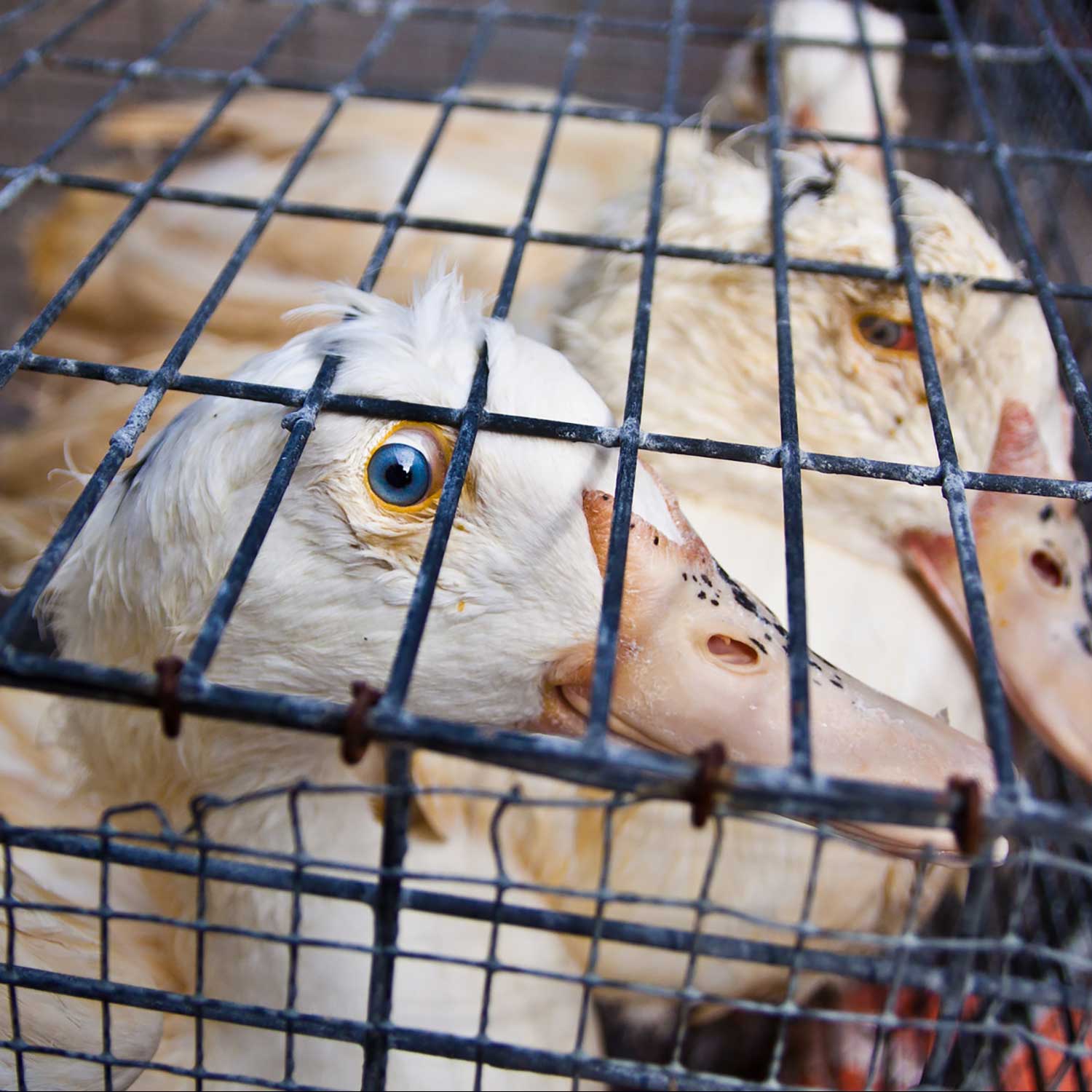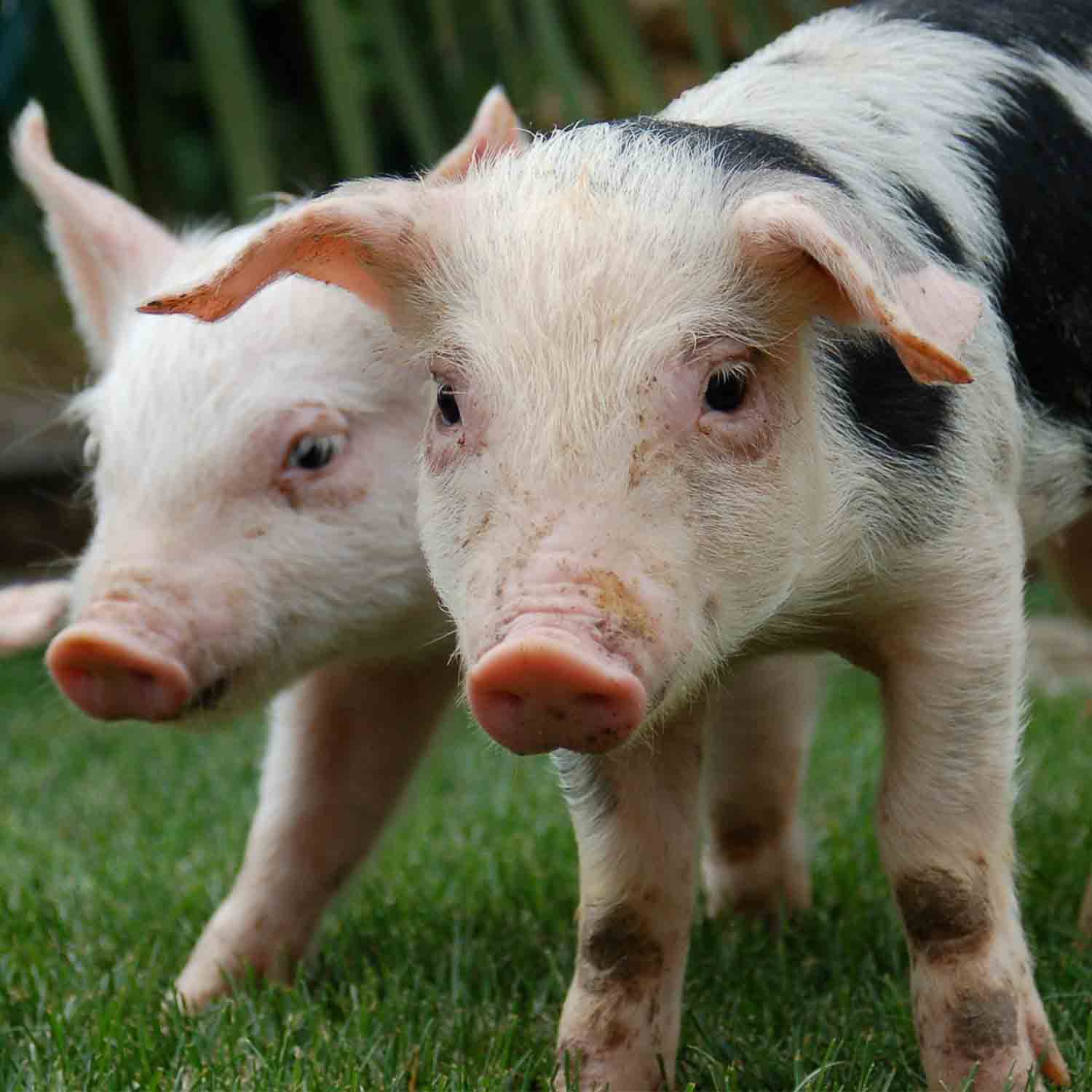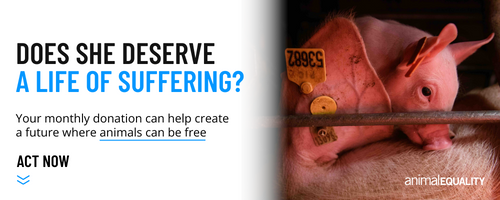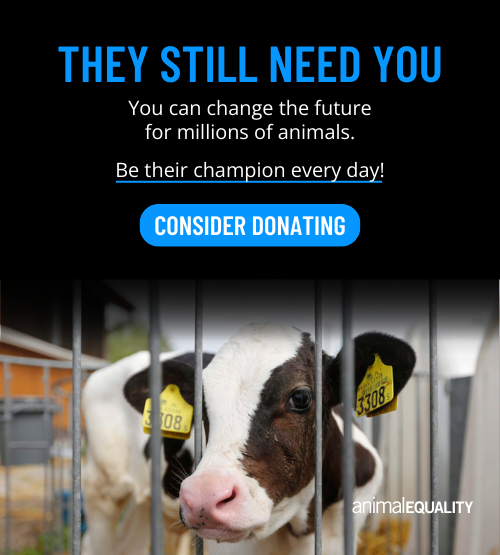Bees Have Distinct Personalities
The study shows that some honey bees are more eager to take on certain jobs than their comrades. And researchers say this could be down to differences in their personalities.
The researchers found thousands of distinct differences in gene activity in the brains of scouting and non-scouting bees.
This flies in the face of our usual conception of bees as interchangeable workers all serving their queen. Instead, some bees are thrill-seekers always looking for a new experience. So how does a bee get a rush? One way is by becoming a nest scout. When the colony outgrows its hive, it has to find a new place to live, and that’s when a vanguard of scout bees takes off in search of new digs. These brave little nest scouts (drawn from less than 5% of the colony) are also much more likely than the average bee to become food scouts.
Researchers say the fact that these bees’ penchant for adventure — whether it’s nest recon or scavenging for food — is an important discovery. “There is a gold standard for personality research and that is if you show the same tendency in different contexts, then that can be called a personality trait,” says entomologist Gene Robinson of the University of Illinois, who points out these bees are always willing to “go the extra mile” for the hive.
The researchers didn’t stop at observing the bees’ behavior; they also looked at the genes in the brains of scouts and non-scouts. They discovered that there are thousands of differences in gene activity between the brains of the intrepid and the timid bees. Specifically, they found that the scout bees brains reward systems are wired to respond well to novel experiences.
This, say researchers, is how things work in humans, too. “Our results say that novelty-seeking in humans and other vertebrates has parallels in an insect. One can see the same sort of consistent behavioral differences and molecular underpinnings,” Robinson said; “The findings also suggest that insects, humans and other animals made use of the same genetic “toolkit” in the evolution of behaviour”.
The tools in the toolkit “genes encoding certain molecular pathway ” may play a role in the same types of behaviours, but each species has adapted them in its own, distinctive way.
Animals are sentient beings like us. They are able to feel emotions and sensations such as pain, pleasure, fear or stress and like us they are individuals with their own needs, desires and an interest in living. Most people believe that animals should not be harmed unnecessarily, but the consumption of animal products forces animals into a life of misery and an untimely death on farms, in laboratories and in slaughterhouses.
By becoming vegan and not taking part in their exploitation we can personally prevent thousands of animals from being harmed and killed on our behalf.







